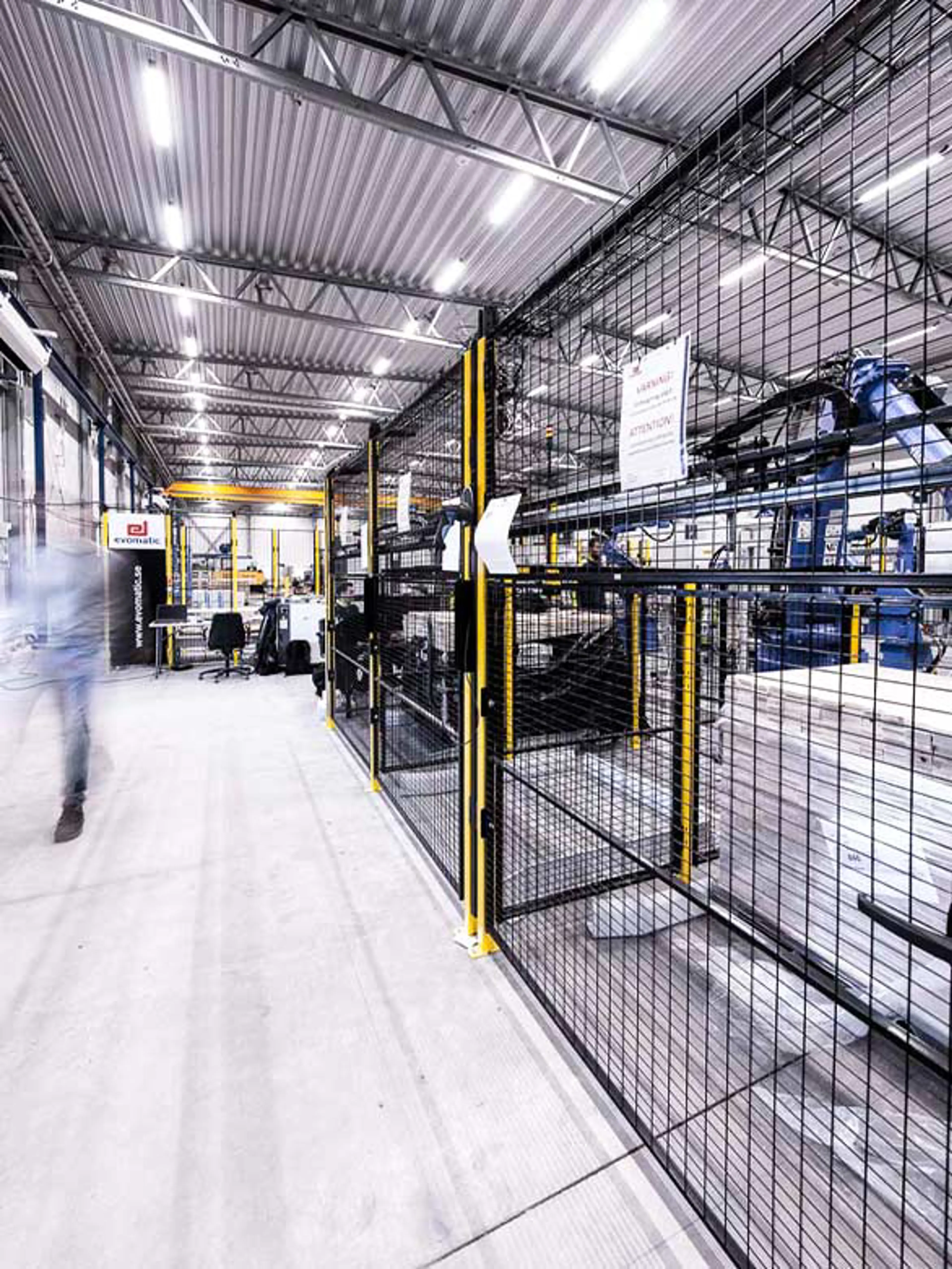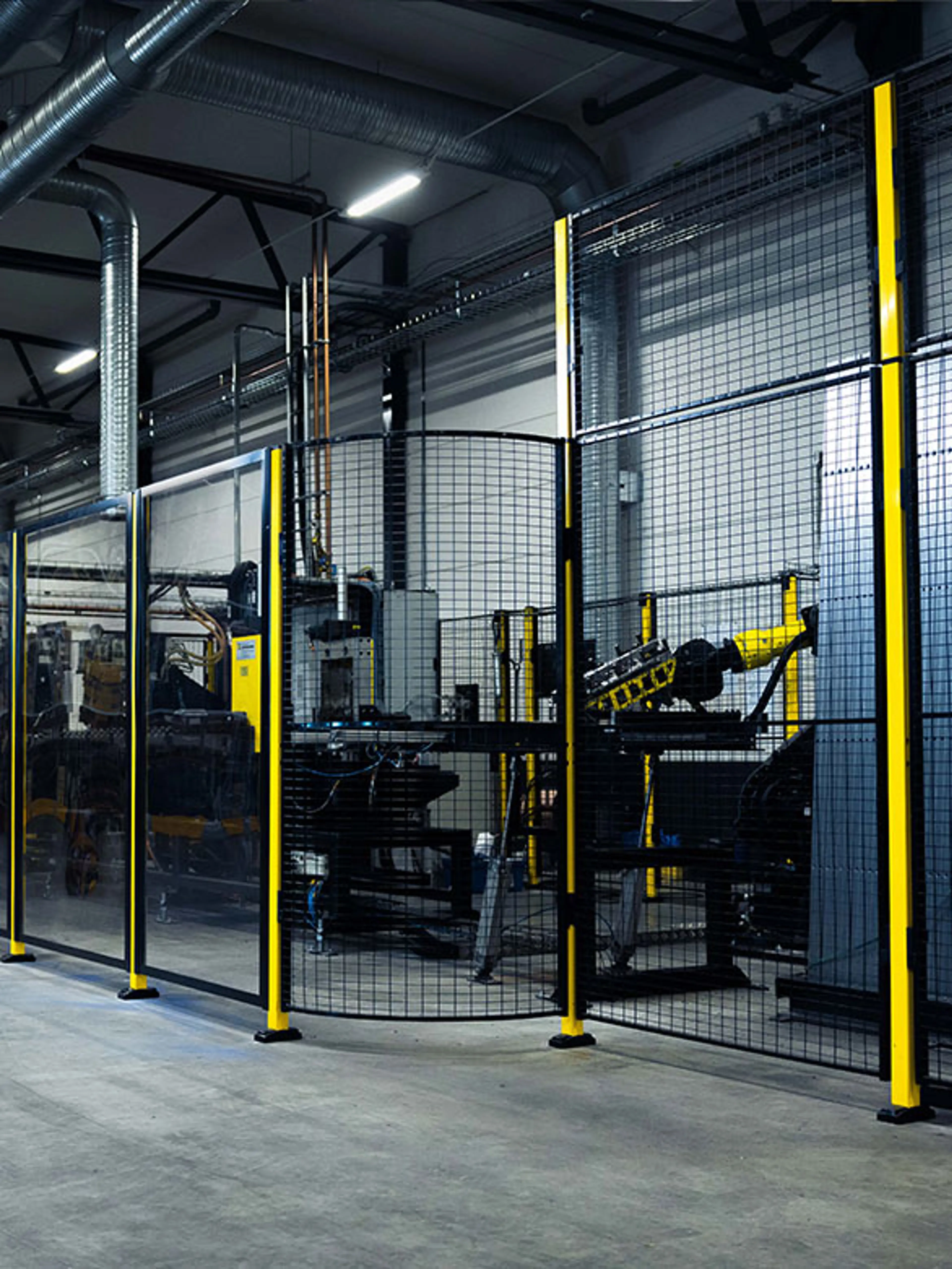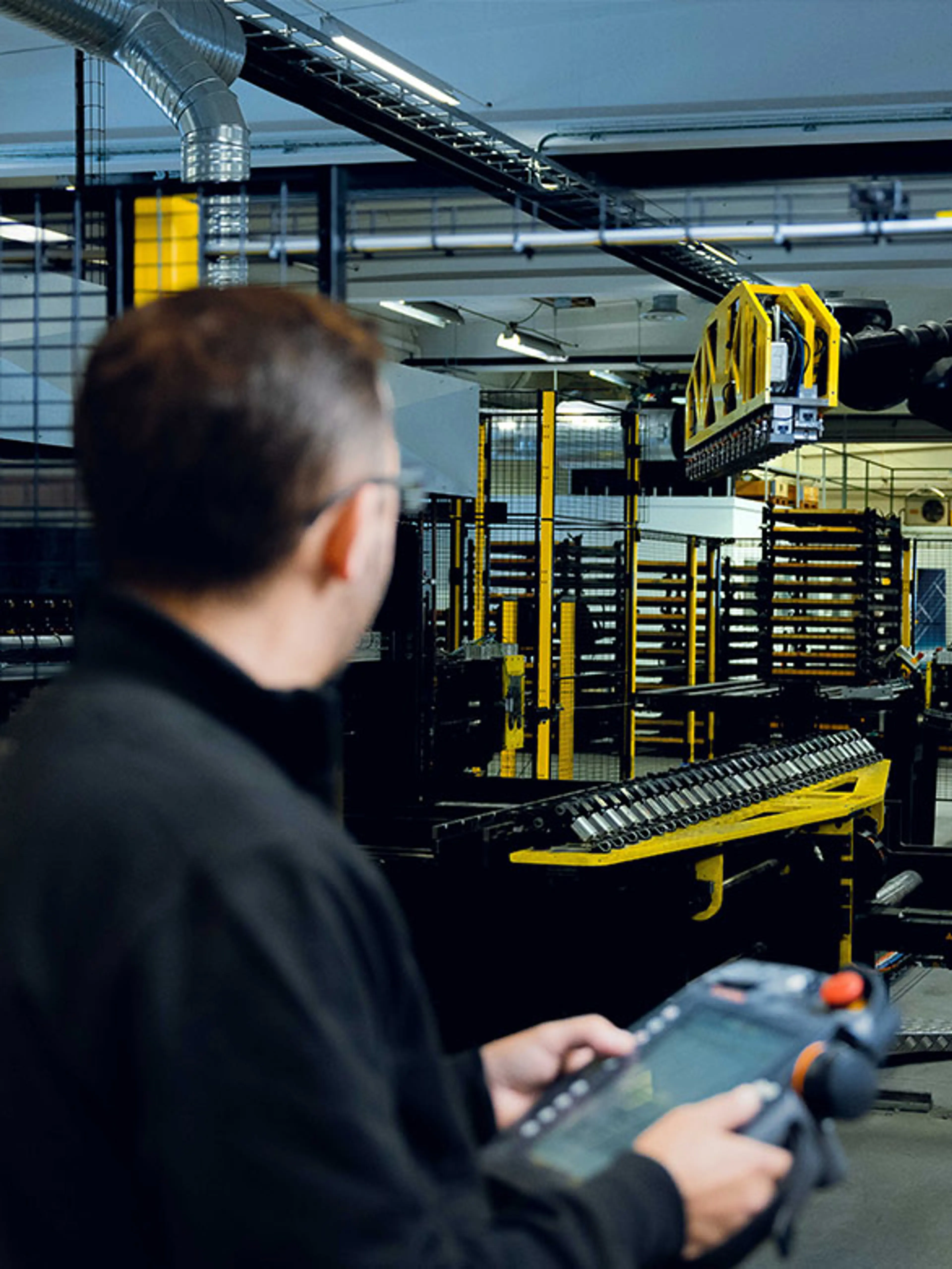Subchapter 2.3
Protective Measures
When faced with a potential hazard, machine designers must find a solution that is safe, functional, efficient, and affordable. It may seem difficult, but success comes from focusing on two main targets: safety and practicality.
To succeed, there are two things you should do
1: Follow an ALARP approach
Effort should be As Low As Reasonably Possible (ALARP).
The ALARP method minimizes risks to a level that is practical and reasonable, balancing safety, cost, and effort. Industrial safety, however, prioritizes maximum risk reduction above all else—functionality, efficiency, and cost are secondary. Applying ALARP correctly ensures hazards are effectively managed without compromising safety standards. Getting these priorities wrong leads to unsafe machinery and environments. Key principles include:
- Prioritize safety above cost and efficiency to ensure risk reduction remains the focus.
- Implement practical measures to manage hazards effectively without excessive burden.
- Avoid compromising safety for operational gains, as this undermines trust and reliability.
- Document decisions to demonstrate that risks are minimized responsibly and reasonably.

2. Follow the three basic rules of industrial safety
Rule 1: Guarding - Lock the hazard in or the people out
If there is a hazard from a moving part, hot surfaces, or electric discharge by contact, never allow people to contact the hazard involuntarily.
That is:
- Do not allow hazardous moving parts to run unprotected.
- Do not allow hot surfaces and live parts to be accidentally touched.
Rule 2. Monitoring and interlocking - use sensors and control systems to stop the movement or hazard before an accident can occur.
If the first rule cannot be followed, monitor the time in which people could contact the hazard source.
End the hazard before the person can encounter it by:
- Using sensors like light barriers, laser scanners, camera systems, contact mats, ultrasound and infrared sensors to detect a person approaching
- Stopping the moving part or ending the hazard

Rule 3: Manual control - make the person aware and in control of the hazard
If the first and second rules cannot be followed, make the person control the potential hazard and ensure capability of stopping the hazard in time.
That is:
- The operator must actively press buttons to start and continue a hazardous situation.
- Place the button(s) outside the hazard area or at a safe distance.
- Reduce the operating speed so the person can still react and let go of the controls.
